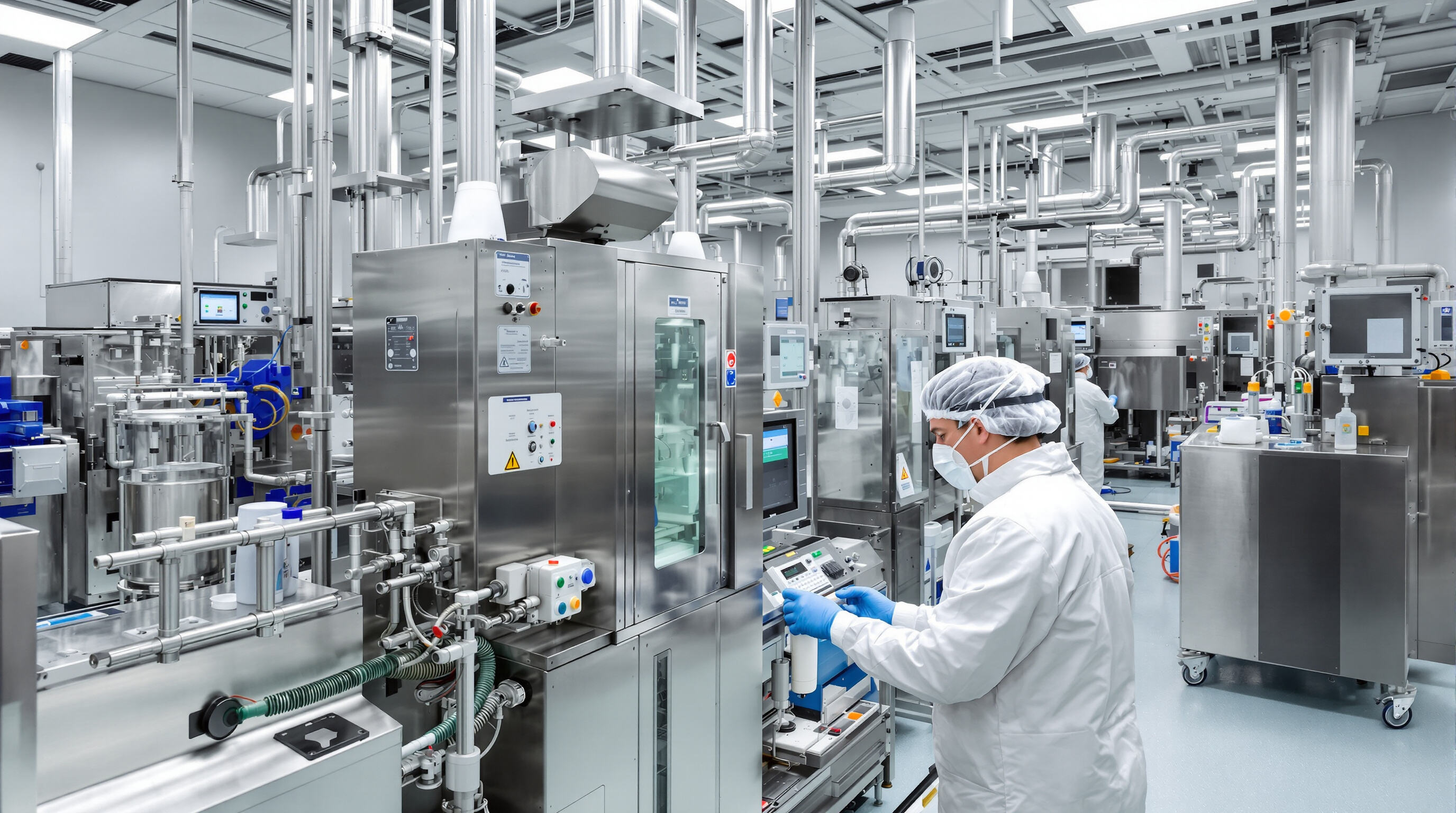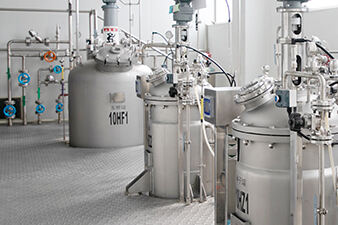The Science of Hyaluronic Acid in Aesthetic Medicine
Hyaluronic Acid as the Foundation of Dermal Fillers
Hyaluronic acid, often called HA for short, is basically everywhere in our bodies' connective tissues and serves as the main ingredient in most modern skin fillers today. What makes this stuff so special? Well, it can hold about 1000 times its own weight in water, which means when injected, it adds volume but keeps the skin looking hydrated and natural. The numbers back this up too - something like 9 out of 10 FDA approved fillers actually contain hyaluronic acid because it breaks down safely over time and doesn't trigger much immune response. Compared to older collagen based options that sometimes caused allergic reactions, HA works really well with what's already there in our skin's structure. That's why dermatologists prefer it for creating those subtle, realistic results patients want these days.
Why Hyaluronic Acid Dominates Non-Surgical Rejuvenation
HA injections now account for 68% of minimally invasive aesthetic procedures globally. This dominance stems from three factors:
- Immediate volumization without surgery
- Gradual metabolic absorption (lasting 6–18 months depending on crosslinking)
- Reversible results through hyaluronidase enzyme
A 2023 clinical review shows the HA filler market growing at 8.4% CAGR, driven by its versatility in addressing nasolabial folds, lip augmentation, and midface contouring.
Clinical Benefits of Hyaluronic Acid in Tissue Volumization
Advanced crosslinking techniques enable HA fillers to achieve tissue-specific performance:
- Hydration Retention: 72-hour moisture retention in dermal layers (vs 12 hours in uncrosslinked HA)
- Collagen Stimulation: 23% increase in Type I collagen observed 6 months post-injection in a 2023 randomized controlled trial
- Mechanical Support: Linear HA chains provide scaffolding for fibroblast attachment, promoting natural tissue regeneration
These properties make HA the preferred choice for restoring facial volume loss associated with aging, with patient satisfaction rates exceeding 92% in peer-reviewed studies.
Crosslinking Technology: Enhancing Durability and Performance of Hyaluronic Acid

What is hyaluronic acid crosslinking and how it enhances durability
When hyaluronic acid gets crosslinked, it basically connects those HA molecules together to create something resembling a three dimensional mesh-like structure. What happens is pretty interesting actually - the liquid HA turns into this thick gel that can stand up against both enzymes breaking it down and physical forces trying to squish it. Products made this way last much longer than regular ones without crosslinking, sometimes almost twice as long according to studies. Some clinical trials even found these crosslinked gels stayed in place for around 740 days when used as fillers in skin treatments, which explains why so many dermatologists prefer them for longer lasting results.
Chemical vs. physical crosslinking: A comparative analysis
- Chemical crosslinking uses biocompatible agents like BDDE (1,4-butanediol diglycidyl ether) to create permanent bonds between HA chains, achieving high elasticity (G’ > 350 Pa) for deep tissue support
- Physical crosslinking relies on hydrogen bonding and chain entanglements, offering reversible gel structures better suited for superficial layers requiring natural HA degradation rates
Impact of crosslinking density on viscosity and longevity
Higher crosslinking density correlates directly with:
| Parameter | Low Density (5%) | High Density (15%) |
|---|---|---|
| Viscosity (Pa·s) | 12 | 85 |
| Degradation Time | 6-8 months | 12-18 months |
| Elasticity (G’) | 120 Pa | 420 Pa |
However, densities above 18% risk compromising injectability due to excessive gel rigidity.
Data insight: Increased residence time with advanced crosslinking (clinical study, 2023)
A 2023 multicenter study demonstrated that HA fillers using adaptive crosslinking platforms maintained 92% volumetric retention at 12 months versus 58% for conventional methods–a 40% improvement attributable to optimized bond stability.
Balancing biocompatibility and degradation resistance
Advanced OEM crosslinking protocols now achieve <0.01% free crosslinker residuals while extending product half-life to 14–16 months. This balances safety with performance by aligning degradation rates with natural HA turnover cycles.
OEM Manufacturing Excellence: Precision and Consistency in Hyaluronic Acid Production

Controlled Environment and GMP Standards in Hyaluronic Acid Production
GMP-certified facilities maintain ISO 14644-1 Class 7 cleanrooms, achieving 99.8% microbial control rates in hyaluronic acid synthesis. Multi-stage filtration systems ensure raw material purity, while real-time particulate monitoring prevents cross-contamination during fermentation.
Batch Consistency and Crosslinking Reproducibility in Large-Scale OEM Output
Automated crosslinking reactors achieve ∱1.5% viscosity variance across 10,000-unit batches. OEM manufacturers employ nuclear magnetic resonance (NMR) spectroscopy to verify 96.2% crosslinker binding efficiency before fill-and-finish stages.
Trend: Automation and AI-Driven Quality Control in Hyaluronic Acid Factories
AI vision systems now detect subvisible particles (≤5µm) with 98.4% accuracy, reducing product recalls by 63% since 2021. Machine learning algorithms optimize crosslinking parameters in real time, compensating for raw material viscosity fluctuations.
How OEM Partnerships Leverage Hyaluronic Acid Innovation
Strategic OEM collaborations reduce new dermal filler development cycles by 7–9 months through shared regulatory templates and pre-validated biocompatibility data. Joint R&D initiatives have accelerated CE Mark approvals by 40% compared to solo brand development.
Customized Formulation Development for Brand-Specific Needs
Modular crosslinking platforms enable OEMs to produce 200+ distinct hyaluronic acid formulations annually, with 89% of clients achieving target elasticity profiles within 3 prototype iterations. Dynamic light scattering (DLS) analysis ensures particle size distributions meet regional market specifications.
Tailored Solutions: Customizing Crosslinking for Targeted Aesthetic Outcomes
Tailoring crosslinking parameters for facial zones (e.g., lips vs. cheeks)
Clinicians now leverage adjustable crosslinking densities to address distinct anatomical needs–soft, mobile areas like lips require lower crosslinking for natural movement, while structural zones like cheekbones benefit from higher crosslinking for volumetric support. This precision engineering ensures 92% of practitioners achieve predictable outcomes across facial regions.
Patient-specific viscosity and elasticity profiles through OEM customization
Advanced OEM platforms enable viscosity customization ranging from 150–750 Pa·s, allowing clinics to match filler elasticity to individual patient dermal thickness and treatment goals. For example, patients with thinner skin receive formulations with 20% lower elastic modulus to prevent visible lumping.
Strategy: Aligning hyaluronic acid crosslinking with market segmentation
Manufacturers strategically tier crosslinking levels to serve three markets:
- Entry-level: Basic 2.5% crosslinking for cost-conscious buyers
- Mid-tier: 4.5% crosslinking with dual viscosity options
- Premium: 7% crosslinking with regional-specific viscoelastic gradients
Case Study: Launching a premium dermal filler under private label with optimized crosslinking
A European manufacturer reduced clinical trial phases by six months through modular crosslinking adjustments, achieving ISO 13485 certification 30% faster than industry averages. Their FDA-cleared filler demonstrated 18-month persistence in nasolabial folds during controlled trials.
Data insight: 40% faster time-to-market with modular customized platforms (industry report, 2022)
The 2022 Medical Aesthetics Manufacturing Report revealed that OEMs using interchangeable crosslinking modules reduced product development cycles from 24 to 14 months. This acceleration correlated with a 23% increase in clinician adoption rates for new filler formulations.
FAQ Section
What is hyaluronic acid and why is it used in fillers?
Hyaluronic acid (HA) is a naturally occurring substance in the body's connective tissues. It is used in fillers because it can hold a large amount of water, adding volume to the skin while maintaining a natural and hydrated look.
How long do hyaluronic acid fillers last?
Hyaluronic acid fillers typically last between 6 to 18 months, depending on the crosslinking technology used in their formulation.
What is the difference between chemical and physical crosslinking?
Chemical crosslinking uses agents to create permanent bonds for deep tissue support, while physical crosslinking relies on reversible structures suited for superficial applications.
How is hyaluronic acid produced safely?
Hyaluronic acid is produced in GMP-certified facilities with ISO cleanrooms, ensuring high levels of microbial control and material purity.
Can the crosslinking of hyaluronic acid be customized for individual needs?
Yes, manufacturers can customize crosslinking to address specific anatomical needs or treatment goals, ensuring tailored aesthetic outcomes.
Table of Contents
- The Science of Hyaluronic Acid in Aesthetic Medicine
-
Crosslinking Technology: Enhancing Durability and Performance of Hyaluronic Acid
- What is hyaluronic acid crosslinking and how it enhances durability
- Chemical vs. physical crosslinking: A comparative analysis
- Impact of crosslinking density on viscosity and longevity
- Data insight: Increased residence time with advanced crosslinking (clinical study, 2023)
- Balancing biocompatibility and degradation resistance
-
OEM Manufacturing Excellence: Precision and Consistency in Hyaluronic Acid Production
- Controlled Environment and GMP Standards in Hyaluronic Acid Production
- Batch Consistency and Crosslinking Reproducibility in Large-Scale OEM Output
- Trend: Automation and AI-Driven Quality Control in Hyaluronic Acid Factories
- How OEM Partnerships Leverage Hyaluronic Acid Innovation
- Customized Formulation Development for Brand-Specific Needs
-
Tailored Solutions: Customizing Crosslinking for Targeted Aesthetic Outcomes
- Tailoring crosslinking parameters for facial zones (e.g., lips vs. cheeks)
- Patient-specific viscosity and elasticity profiles through OEM customization
- Strategy: Aligning hyaluronic acid crosslinking with market segmentation
- Case Study: Launching a premium dermal filler under private label with optimized crosslinking
- Data insight: 40% faster time-to-market with modular customized platforms (industry report, 2022)
- FAQ Section

